Dzongs in Bhutan.
Discover Bhutan’s Ancient Sanctuaries: Where Spirituality Meets Majesty.
– Dzongs are distinctive architectural structures found primarily in Bhutan. They serve as both religious and administrative centers, often combining a monastery with a fortress. Dzongs are an integral part of Bhutanese culture and are scattered throughout the country. Here are some well-known dzongs in Bhutan:
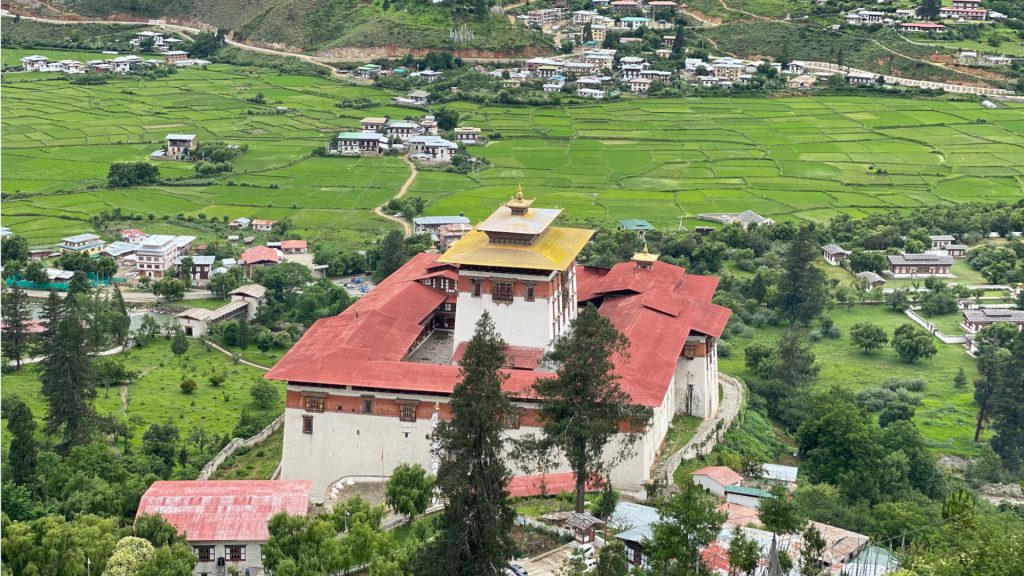
Paro Dzong (Rinpung Dzong)
Located in Paro, this dzong is one of the most famous and picturesque in Bhutan. It’s known for its stunning location overlooking the Paro valley.
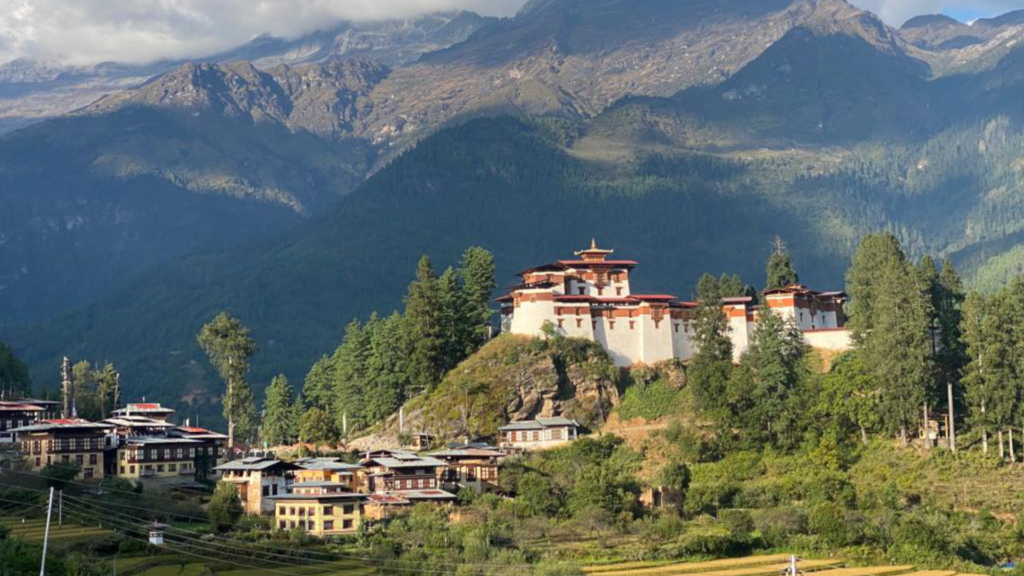
Drukgyal Dzong
Drukgyal Dzong means ‘Fortress of the Victorious Drukpa’. Drukgyel Dzong was believed to have been first built in 1646 by Zhabdrung Ngawang Namgyal to commemorate his victory over the Tibetan invaders. The dzong was destroyed by fire and for many year it was kept in ruins as a heritage site, until recently it was rebuilt again on the same old structure.
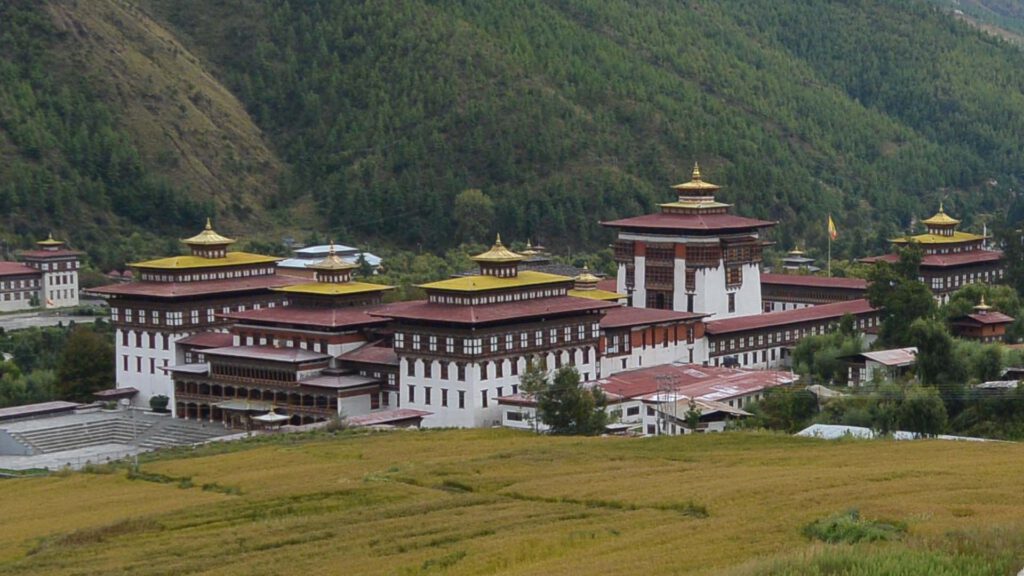
Thimphu Dzong (Tashichho Dzong)
The Thimphu Dzong serves as the seat of the Bhutanese government. It’s an important administrative and religious center located in the capital city, Thimphu.
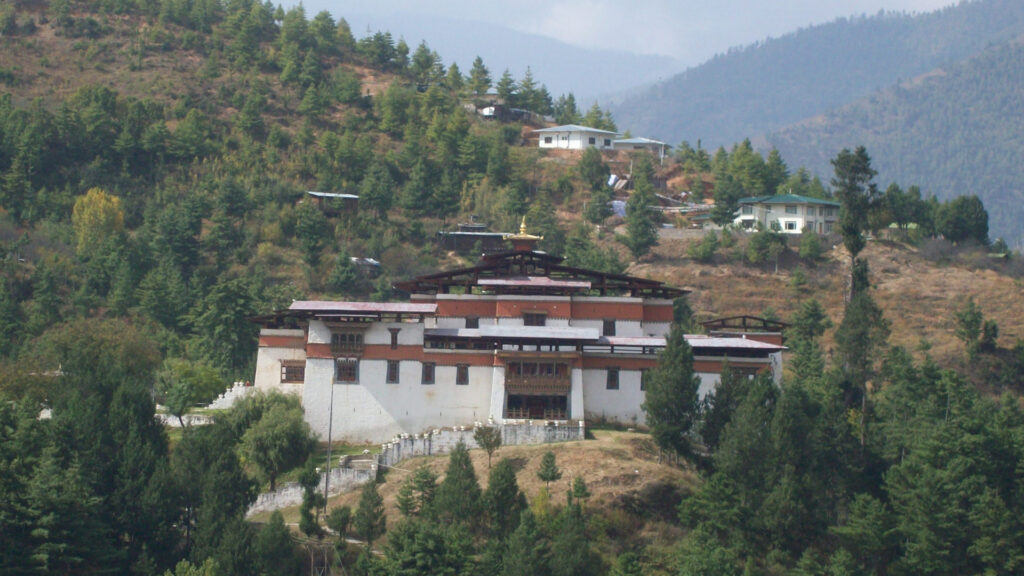
Simtokha Dzong (Thimphu)
At a distance of about 5km south of Thimphu, lies the charming ancient fortress, Simtokha Dzong. This Dzong was built in 1629 by Zhabdrung Ngawang Namgyal. Strategically built on a projecting ridge with deep gullies, the Simtokha Dzong overlooks the entire Thimphu Valley. Officially known as Sangak Zabdhon Phodrang ‘Palace of the Profound Meaning of Secret Mantras’, Simtokha Dzong is the first dzong built in Bhutan during the 17th century which is still intact in its original state. It is also the oldest dzong to have survived as a complete structure.
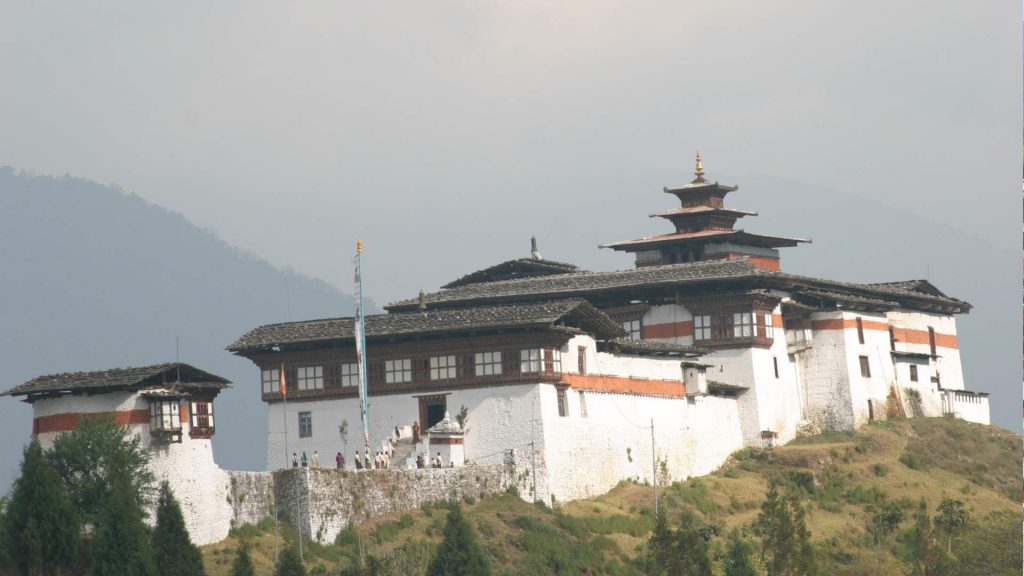
Dagana Dzong
Officially known as Lho Darkar Trashiyangtse Dzong, this dzong was built in 1651 under the command of Zhabdrung Ngawang Namgyal. The Dzong got its name because it falls to the south (Lho) of Punakha. It is located at the base of Dakarla and also falls under the guardian deity of Dakarla Jomo Dakarmo (Dakar). It came under central govt and all the good traits flourished ( Trashi). has all the enriching presence of the South (Yangtse).
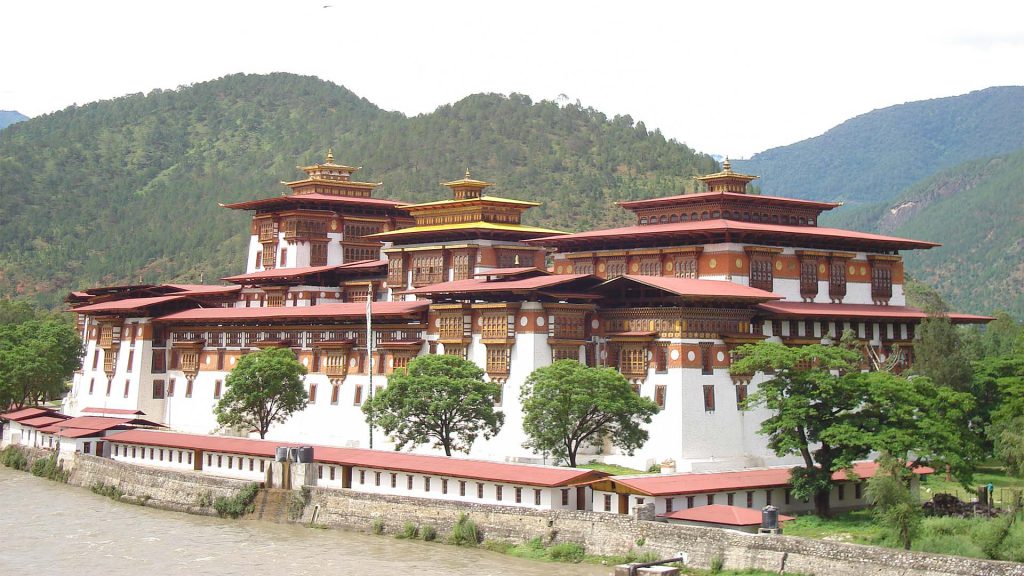
Punakha Dzong
Situated at the confluence of the Pho Chhu and Mo Chhu rivers in Punakha, this dzong is considered one of the most beautiful in the country. It was the second dzong to be built in Bhutan.
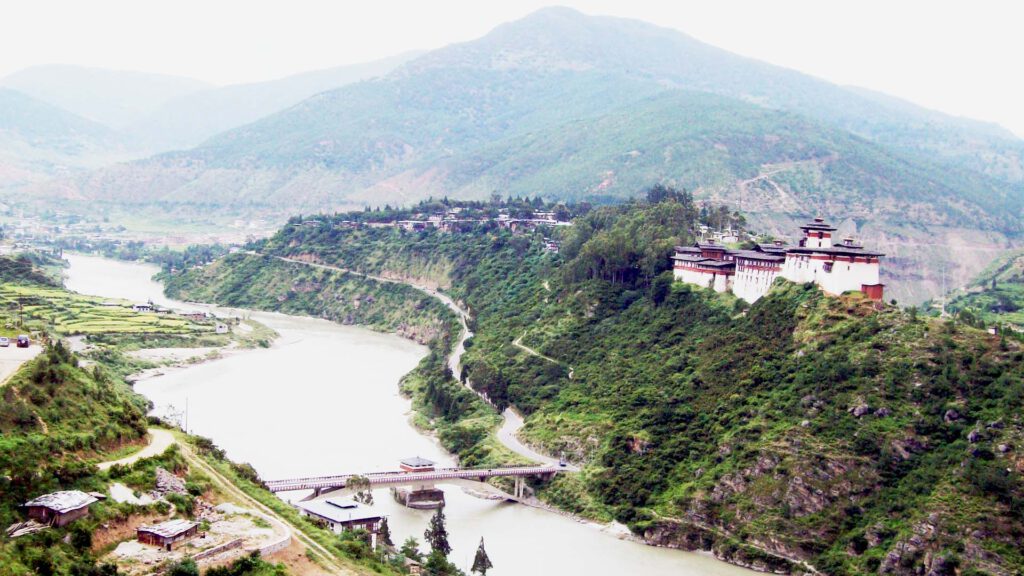
Wangdue Phodrang Dzong
This dzong is located in Wangdue Phodrang and is beautifully positioned on a ridge overlooking the Punak Tsang Chhu River.
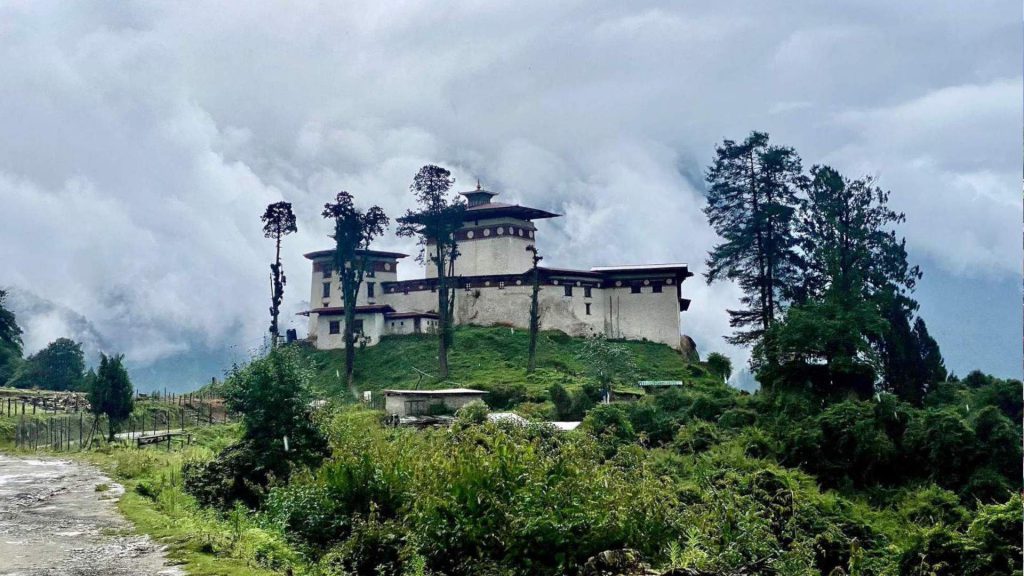
Gasa Dzong
Gasa Dzong is located at an elevation of about 2800m. The Dzong is said have built by Zhabdrung Nawang Namgyal in 1640s above the cave meditated by a Tibetan saint Terkhungpa. It has a great hitorial, cultural and spiritual significance. Just below is the “la Tsho” literally meaning soul-lake. The lake is an important part of the history of the Dzong.
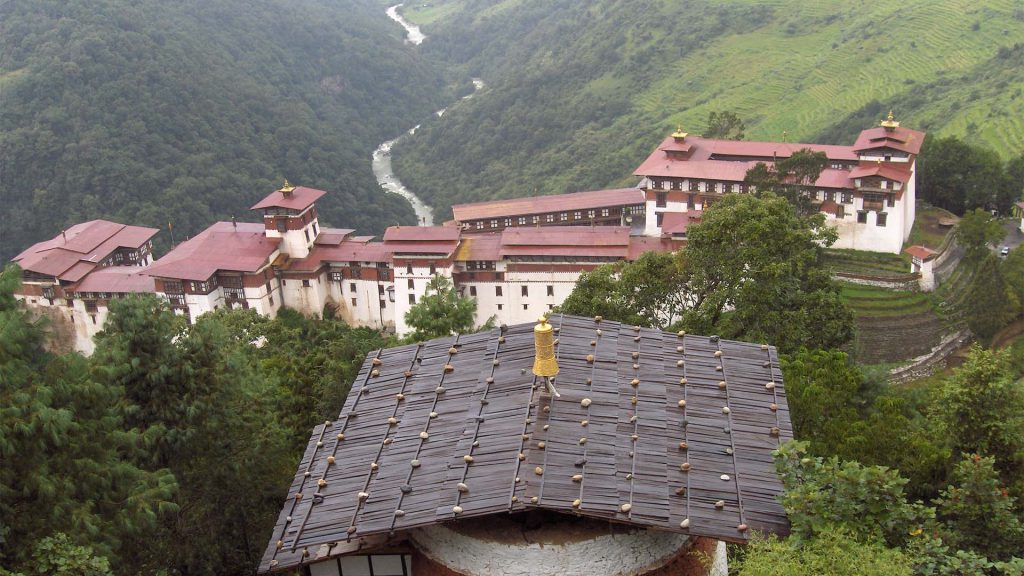
Trongsa Dzong
Located in central Bhutan, Trongsa Dzong is the largest dzong in the country. It played a significant role in the unification of Bhutan.
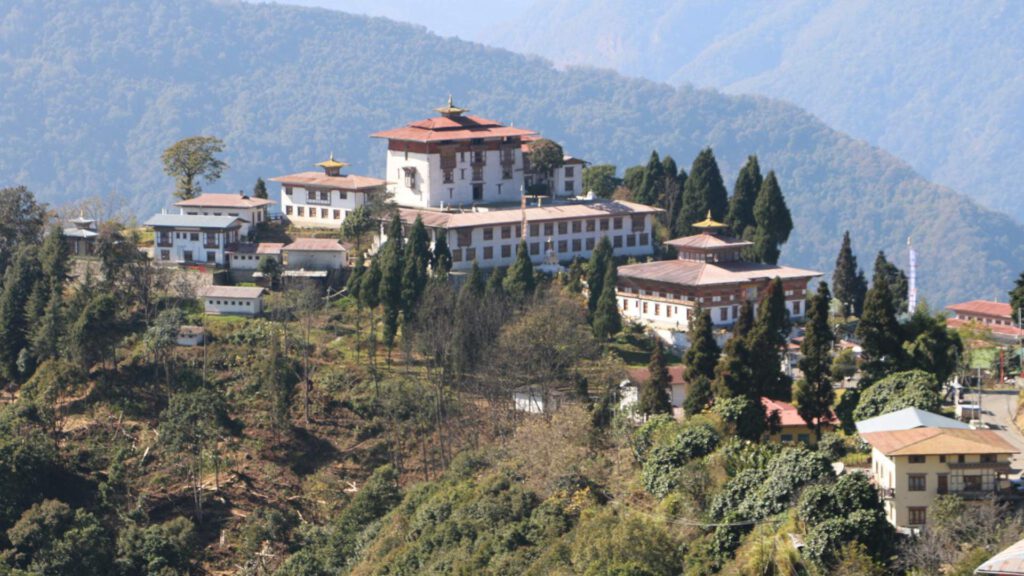
Zhemgang Dzong
Zhemgang district’s most important and the oldest religious structure is undoubtedly the Zhemgang Dzong. Founded by Lama Zhang in 1163 AD, the dzong and the district derives its name from Lama Zhang. Zhemgang is derived from the word “Zhanggang” which means Lama Zhang’s Hill. Lama Zhang is considered the greatest Buddhist saint to settle at present day Zhemgang. In 1655, where he had built a hermitage, a small dzong was constructed to symbolize the unification of the three Kheng divisions.
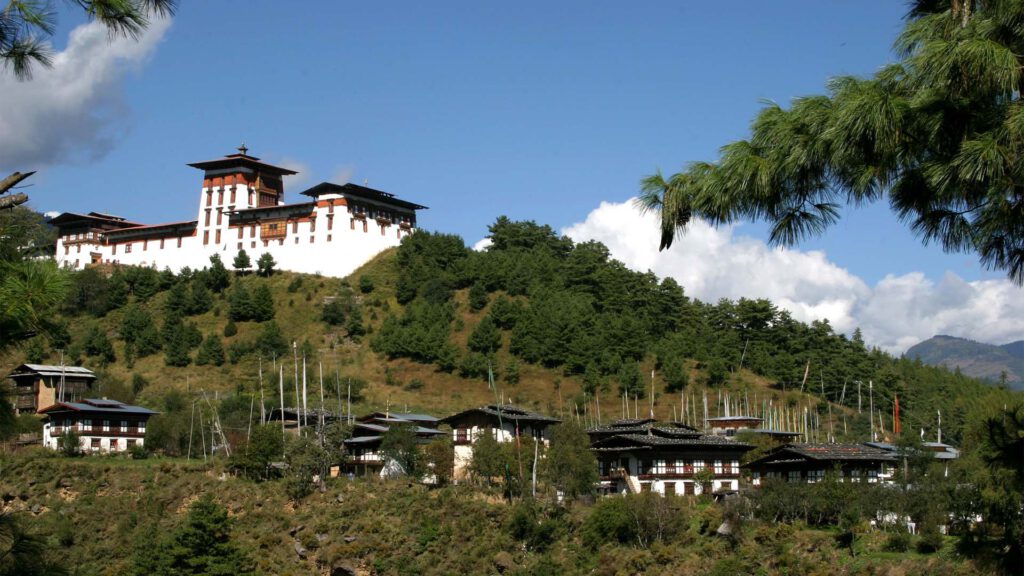
Jakar Dzong
Originally known as Jakar Yugyal Dzong, Jakar Dzong literally translates to ‘White Bird Dzong’. The dzong owes its origins to the legend of how a white bird dramatically perched on that very spot where the Dzong was built and how it came to be interpreted as a good omen. Built in 1667, the Dzong was the foremost seat of Yongzin Ngagi Wangchuk, great-grandfather to the Zhabdrung.
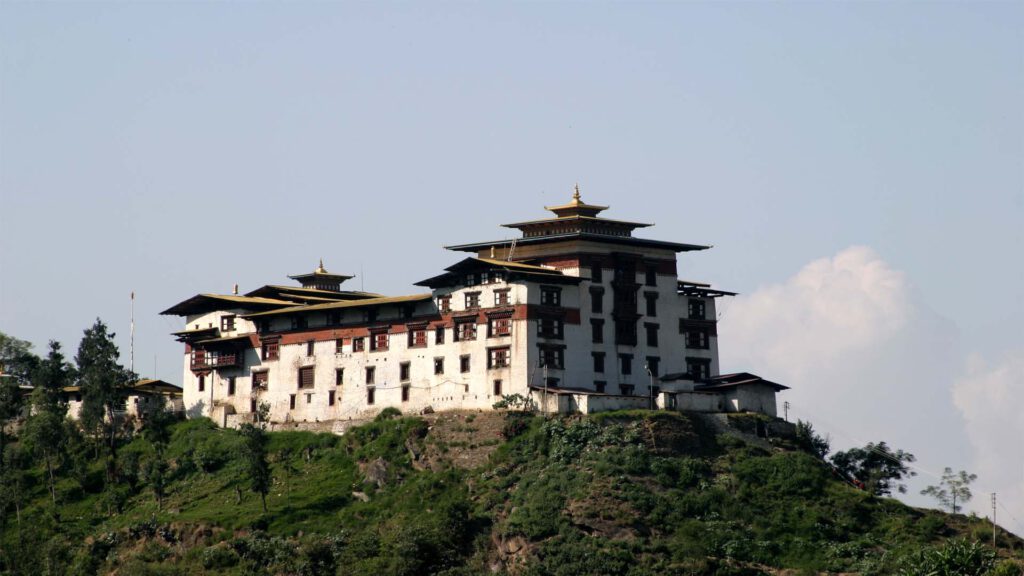
Trashigang Dzong
Situated in the eastern part of Bhutan, Trashigang Dzong is the administrative center of the Trashigang District
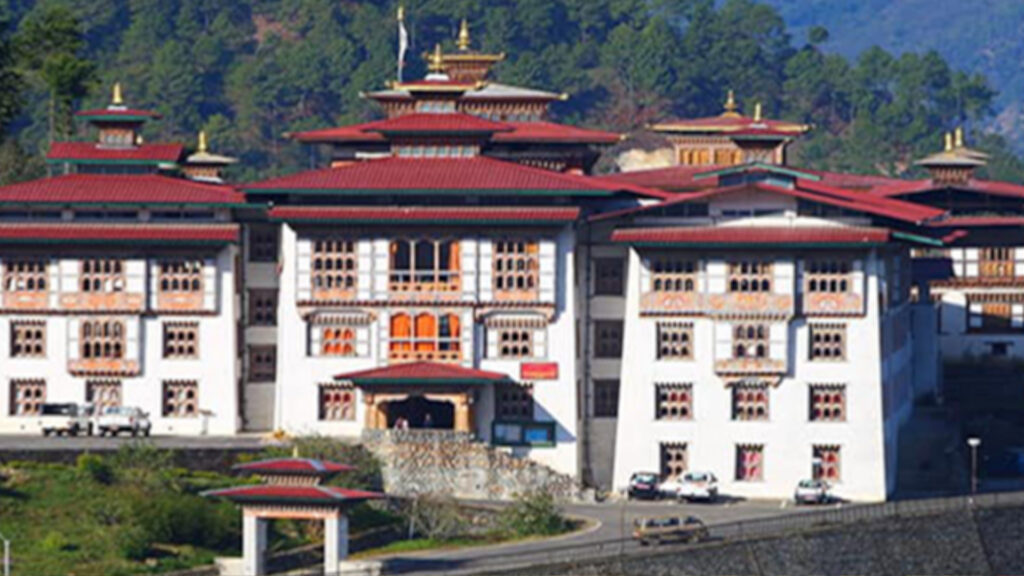
Mongar Dzong
Situated on a sloppy hill at an altitude of 1,639 meters above the main town, the Mongar Dzong immediately catches your attention with its mesmerizing charm and wonderful architecture. The dzong was built in 1930 by his majesty, the third King Jigme Dorje Wangchuck. According to traditional legend, a King named Karpo Dung invited an architect from Paro to build a fort in the province. During his land survey, the architect came across a white stone shaped like a bowl on a mound just above Kurichhu. He named the place Zhongkhar, which means white bowl, and the name was later changed to Mongar.
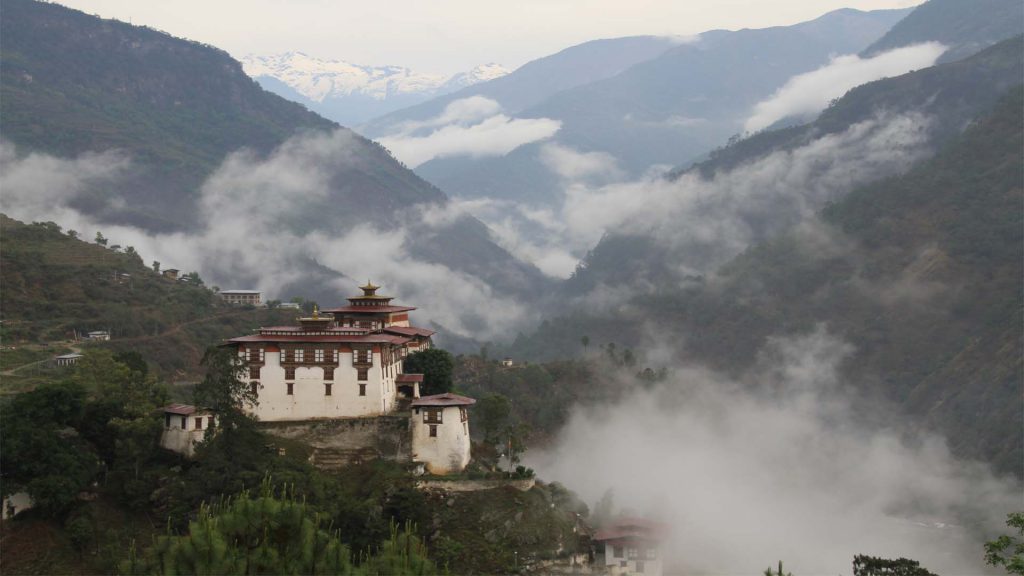
Lhuentse Dzong
Located in Lhuentse District, this dzong is known for its remote and picturesque location.
Dzongs play a vital role in Bhutanese society, serving as centers of religion, culture, and administration. They are often the focal point of religious festivals and important events in the country. Please note that while I have provided information about various dzongs in Bhutan, the accessibility and visiting conditions of these dzongs may vary, and it’s advisable to check with local authorities or tour guides when planning a visit.
More from Bhutan Travel Archives
[pt_view id=”b5acd19qjx”]
Travel to Bhutan
Discover Yourself
Book your trip to Bhutan














